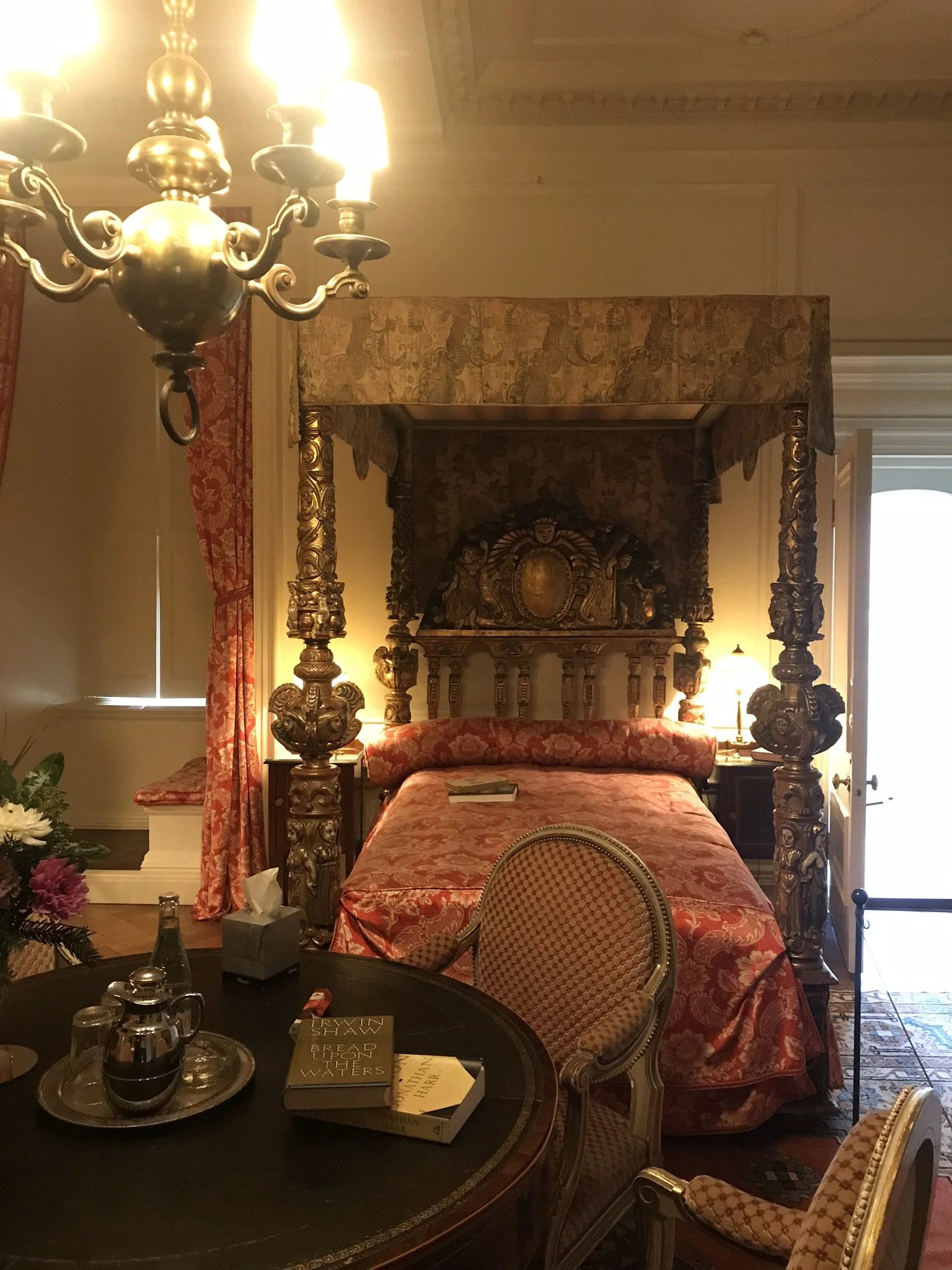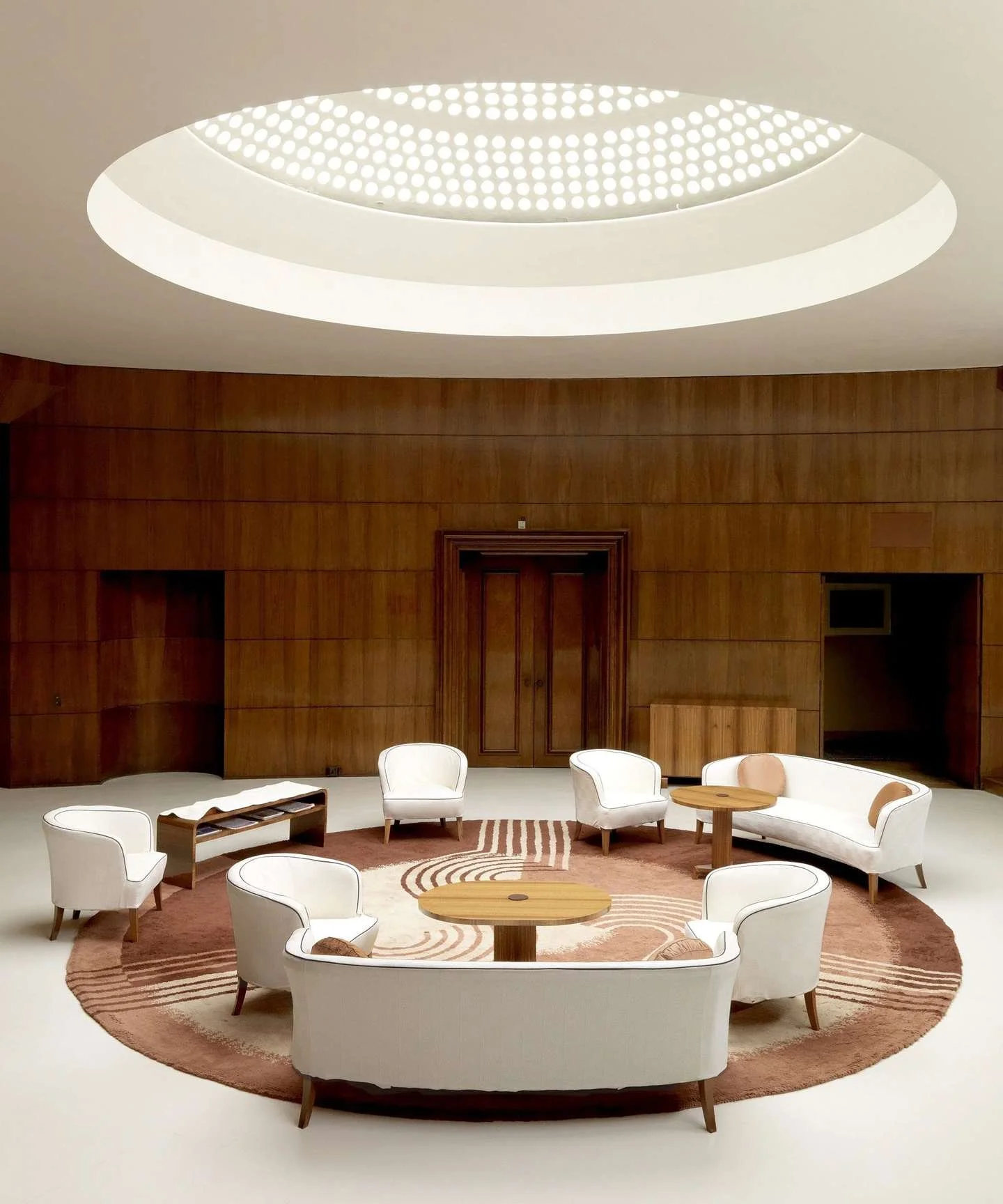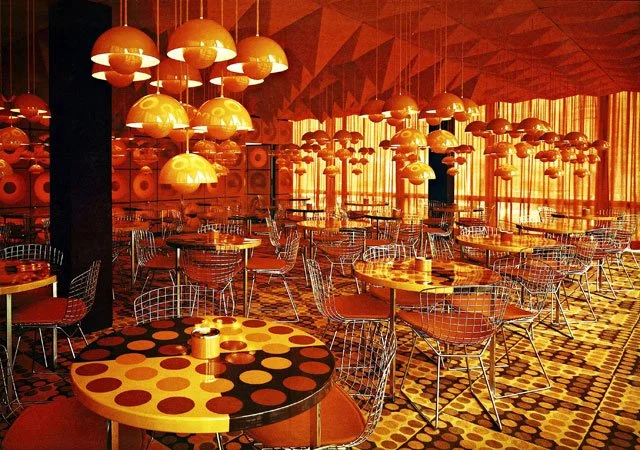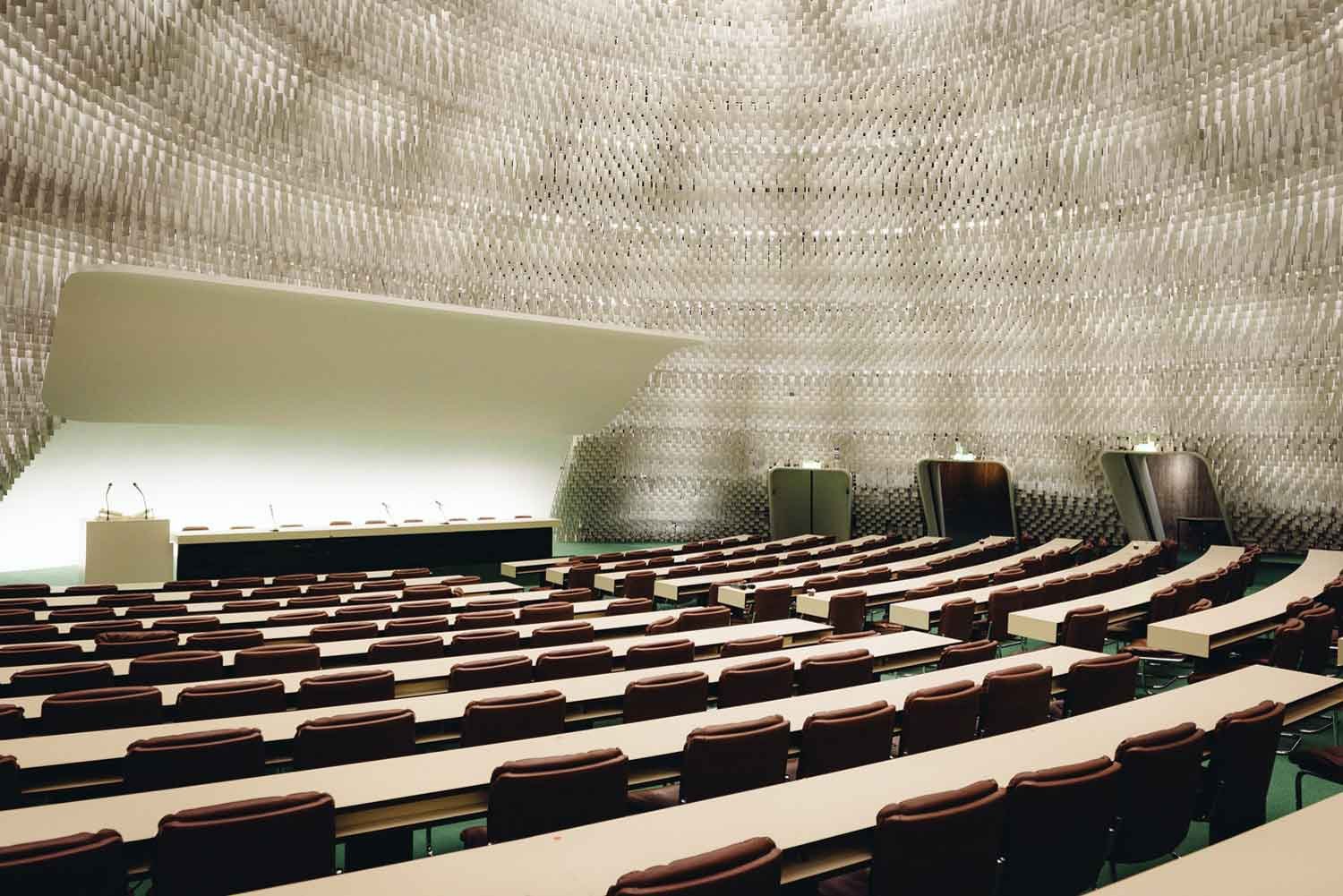The Art of Adornment: The Parallel Evolution of Fashion and Interior Design
Fashion’s history is one of the key notations to observe when considering the pivotal events and shifts that define one generation from the next. It is one of the few elements that evolve dramatically alongside changes in leadership and developments in social and political landscapes. Over the years, dress codes have been suggested and enforced in certain locations for a multitude of reasons, whether cultural, social, or political. In the Western world during the 1800s–1900s, lavish dresses, and immaculate suits were imperative and appropriate attire to be worn when attending Soirées, emulating the luxury and splendour of the room’s adornments. Entire spaces were designed to transform, each dedicated to creating a specific atmosphere or theme that ensured guests felt both comfortable and unified, enhancing the overall ambiance. Decadent styles were social symbols of wealth, status, and prosperity, amplifying the desire to showcase one's good fortune which helped maintain the familiar social class hierarchy. Whilst this is still undoubtedly present in modern cultures, it carried a particular nuance at the time that not only signified the presence of wealth but also power and authority.
Fashion's eccentric influence extended beyond clothing, permeating every aspect of a lifestyle on display. From finely embroidered cotton curtains to the silk pillow casings reclining on a vast bed; taste, and sophistication were at the forefront of upper-class living. Nevertheless, as time went on, fashion became symbolic of the generation you were born into, aligning with musical voices that defined eras, and ultimately shaped the time period into a distinct and discernible image. Alongside this, progressive changes in interior design evolved in parallel with fashion, with the concern for the appearance of one's home no longer exclusive to the rich and famous. Long-standing trends such as DIY and Thrifting remerged, harking back to as early as the 17th century, naturally altering fashion and interior design’s intended trajectory. Vintage clothing and antiquated furniture became part of an individual’s identity, reflecting a renewed appreciation for carefully crafted items, a value that had diminished with the rise of fast fashion and purely functional objects.
A conclusion would reveal that both fashion and interior design have long served as reflections of societal values, political shifts, and cultural evolution. While fashion expresses personal identity and status, interior design transforms entire spaces to mirror these same ideologies, from the opulence of past eras to today’s more accessible trends such as vintage revival. The evolution of both realms showcases an ongoing dialogue between individual tastes and broader social movements. Whether through meticulously curated garments or intricately designed living spaces, fashion and interiors together declare a deeper connection to power, authority, and artistry, shaping the way each generation leaves its mark on history.
Words by Triniti Alexia
The Communist Party Headquarters by Oscar Niemeyer in Paris, France.
Source: https://www.yellowtrace.com.au/brazilian-architect-oscar-niemeyer/
The Communist Party Headquarters by Oscar Niemeyer in Paris, France.
Source: https://www.yellowtrace.com.au/brazilian-architect-oscar-niemeyer/








